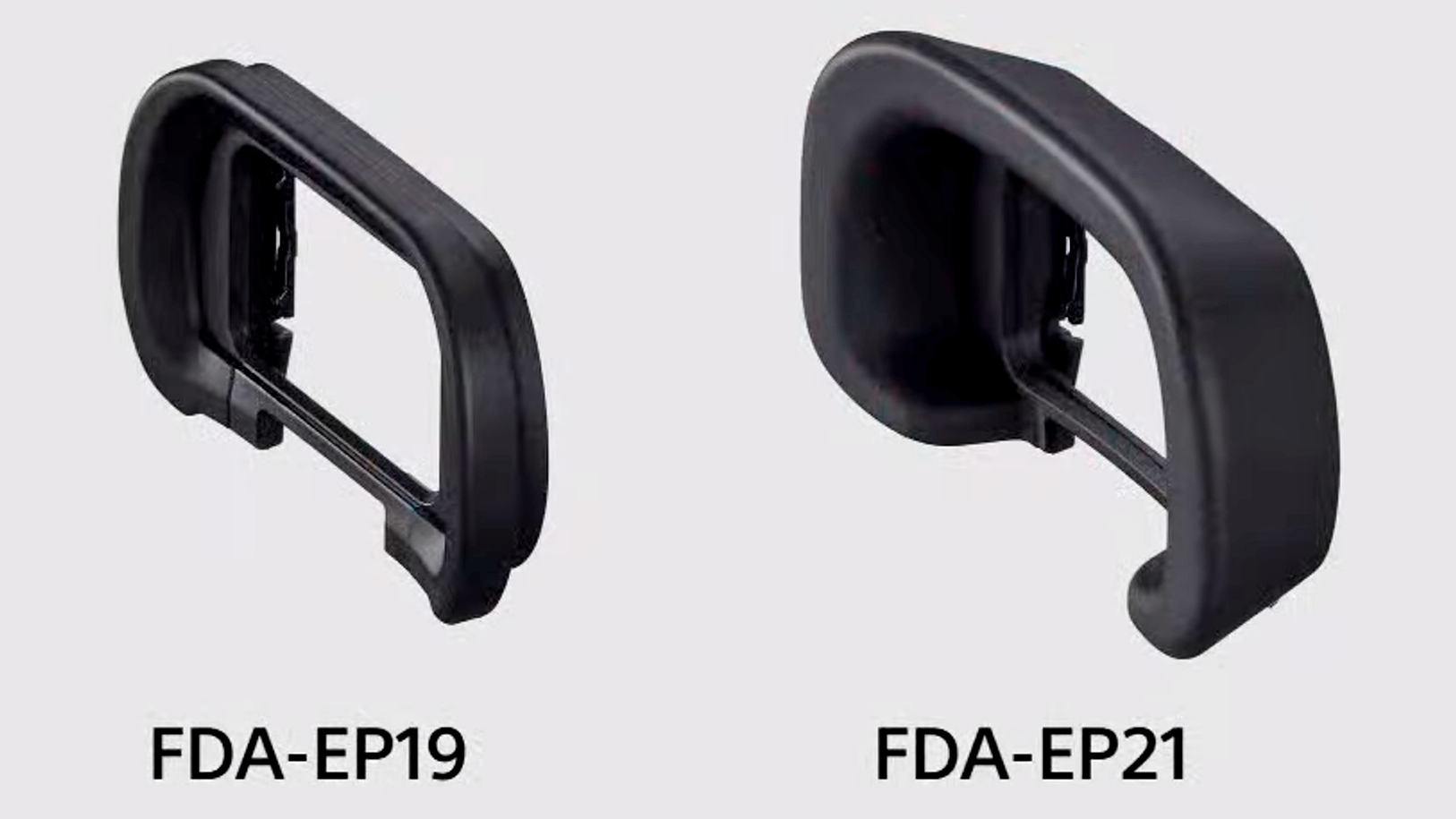Sony has literally thought of EVERYTHING for the a1 II
We reveal the a1 II's novel extra feature you may have overlooked, but which makes this camera a joy to use

It's easy to get swept away by the Sony A1 II's headline features - its incredible AF, AI subject recognition, awesome image quality, and even its formidable price tag - but there are more subtle quirks about Sony's new flagship camera that are worth a mention.
Ever since the advent of the mirrorless interchangeable lens camera, manufacturers have been striving to make their electronic viewfinders match the immersion and immediacy of the optical viewfinders in the DSLR cameras. Die-hard DSLR fans will likely always complain that an EVF's miniature LCD screen - no matter how high its resolution - simply can't match the analogue, direct, through-the-lens experience of an optical viewfinder. But Sony has gone all-out to make the A1 II's electronic viewfinder as close to a DSLR's as possible. For a start, its sky-high 9.44-million-dot resolution makes it one of the sharpest EVFs on the market, while the 240Hz refresh rate ensures it's also one of the smoothest.

Of course, these numbers aren't much good unless you can actually get your eye into a comfortable position to view the EVF in all its glory, but Sony has thought of that as well. In what could be a first for a mirrorless camera, Sony includes not one but two viewfinder eyepiece cups in the box with the A1 II. The standard cup (FDA-EP19) is what you'd expect - shallow, compact, and much like any other eyepiece on a high-end, full-frame camera. But the second cup, product code FDA-EP21, is more special. Sony nicknames this the "squishy cup", as it's much deeper and squashier than the standard eye cup. Made from soft, "close-fitting material", the idea is it can mould around your eye to provide a more immersive viewing experience, cutting out ambient light. Another advantage of the cup being deeper is your nose is moved further away from the back of the camera, so it's not pressed up against the rear panel to the same extent.

Although this might be the first time a manufacturer has included two different eye cups in the box with a mirrorless camera, Sony isn't the only brand to offer a choice of eyepieces. Canon's ER-hE Eyecup is an optional extra exclusively for the EOS R3. It's similar to Sony's "squishy cup" in that it's much larger than the R3's standard eyecup, and is designed to better enclose your eye to improve the effectiveness of the EOS R3's Eye Control system. Then there's the comically huge ER-KE Eyecup for the EOS R5 II, which makes Sony's eyecup effort look, well, pathetic!
Thankfully, you don't have to save up for an A1 II or EOS R3 to get a more comfortable eyepiece for your camera. Accessory manufacturer Hoodman markets its HoodEYE aftermarket eyecup range for a wide variety of cameras models; its oversized design again aimed at improving viewfinder ergonomics.
So if you were wondering how Sony could justify charging so much for an A1 II, it's not just the fancy AI programming upping the cost, it's also that secondary bundled eye cup!
Get the Digital Camera World Newsletter
The best camera deals, reviews, product advice, and unmissable photography news, direct to your inbox!
Ben is the Imaging Labs manager, responsible for all the testing on Digital Camera World and across the entire photography portfolio at Future. Whether he's in the lab testing the sharpness of new lenses, the resolution of the latest image sensors, the zoom range of monster bridge cameras or even the latest camera phones, Ben is our go-to guy for technical insight. He's also the team's man-at-arms when it comes to camera bags, filters, memory cards, and all manner of camera accessories – his lab is a bit like the Batcave of photography! With years of experience trialling and testing kit, he's a human encyclopedia of benchmarks when it comes to recommending the best buys.

